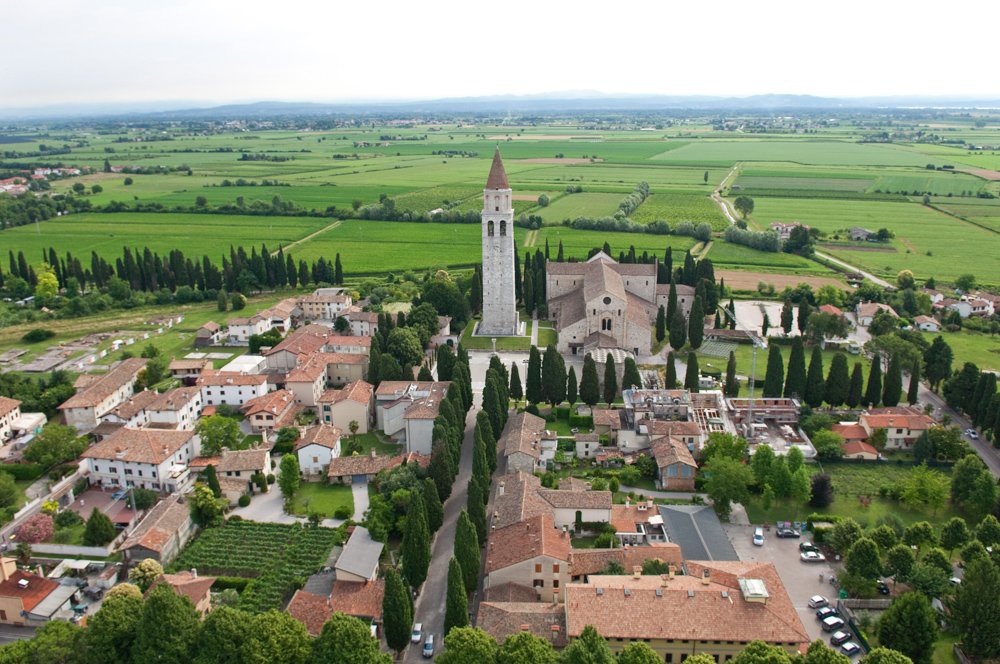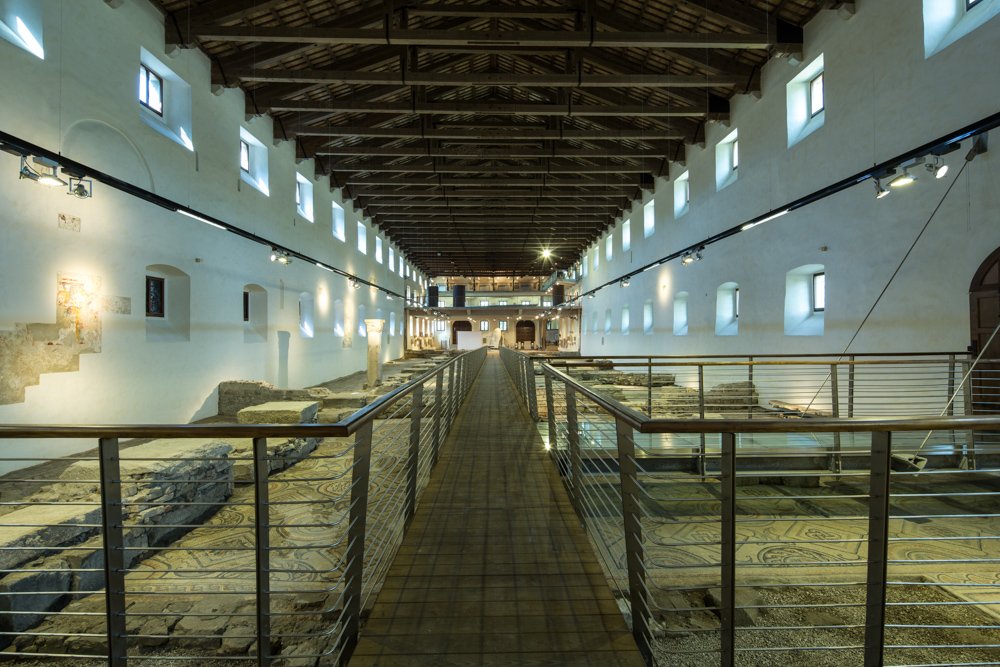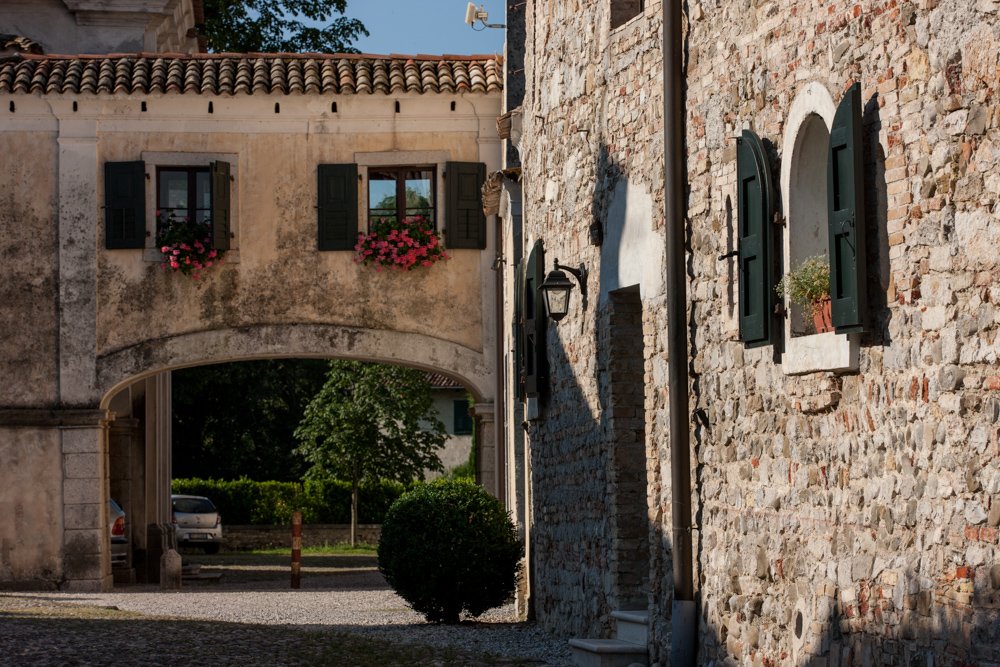A Day in Aquileia: History, Culture, and Unique Landscapes
Often referred to as "the second Rome," Aquileia played a pivotal role during the Roman era, becoming one of the empire's most influential cities.
Founded in 181 B.C. as a strategic outpost towards the Danube and to defend the borders, its prosperity stemmed from its prime location between the Isonzo and Aussa rivers and the Adriatic Sea, making it a vital commercial hub. Today, strolling along its ancient cobbled streets offers a journey through time amidst historical relics and ancient structures.

8 Things to See and Do in Aquileia
1. Visit the Basilica Complex
The heart of the city is the basilica complex, comprising the Basilica, Baptistery, Südhalle, and Bell Tower, all overlooking a charming tree-lined square.
The Basilica, dedicated to Saints Hermagoras and Fortunatus, dates back to 313 A.D. and boasts the largest early Christian mosaic floor in the Western world. Within the complex, you can also explore the Crypt of Excavations, the Crypt of Frescoes, and the Baptistery. Climbing the over 70-meter-high Bell Tower offers panoramic views stretching from the Alps to the Karst plateau.
2. Explore the Archaeological Area
Just steps from the Basilica lies the expansive archaeological area, visible even from the main road. This site earned Aquileia its UNESCO World Heritage status in 1998.
Many remains are accessible for free, including the forum, river port, late antique markets, residential houses with mosaics, a necropolis known as the "sepolcreto," and more.

3. Visit the Museums
To fully grasp Aquileia's rich history, a visit to its two museums is essential.
- National Archaeological Museum: Renovated in 2018, it houses an extensive collection of statues, portraits, steles, inscriptions, and everyday Roman artifacts.
- Paleochristian Museum: Built on the remains of an ancient basilica, it preserves an impressive mosaic floor and displays elegant mosaics and funerary steles.
4. Take a Self-Guided Audio Tour
At the PromoTurismoFVG Infopoint on Via Iulia Augusta, you can rent a multilingual audio guide to explore the main historical sites at your own pace. The tour includes the Basilica, forum, river port, archaeological park, and National Archaeological Museum, and is accessible to those with mobility impairments.

5. Discover the Wineries along the Wine and Flavors Route
After immersing yourself in culture, indulge in local wines and specialties. The area around Aquileia is renowned for its wine production. Following the"Da Noi in Riviera" Wine and Flavors Route, you can visit top-tier wineries and taste their exquisite offerings.
6. Cycle the Final Stretch of the Alpe Adria Cycle Path
Aquileia is traversed by the famous Alpe Adria Cycle Path, connecting Tarvisio to the sea in Grado. It's a must-visit for cycling enthusiasts and a great way for everyone to explore the city and its surroundings safely, possibly extending to nearby Palmanova (20 km) and Grado (10 km).

7. Visit Strassoldo Castle
Nearby, the village of Strassoldo is centered around its private castle. The "Castello di Sopra" offers guided tours every Sunday at 6 PM and during special events like "Castelli Aperti in FVG," "In Primavera: Fiori, Acque e Castelli," and "Magici Intrecci Autunnali."
For visits and reservations, contact the castle directly.
8. Explore Torviscosa
Close to Palmanova, Torviscosa is an autarchic city built in the 1930s to house SNIA Viscosa's staff. It showcases rationalist architecture and urban planning from the Fascist era. The CID (Information and Documentation Center) museum is open on Saturdays and Sundays from 3 PM to 7 PM.
🚗 By Car:
Take the S.R. 354 towards Latisana, then merge onto the S.S. 14 heading to Cervignano del Friuli. Before reaching Cervignano, take the S.R. 352 directly to Aquileia.
⏱️ Travel Time: Approximately 60 minutes

